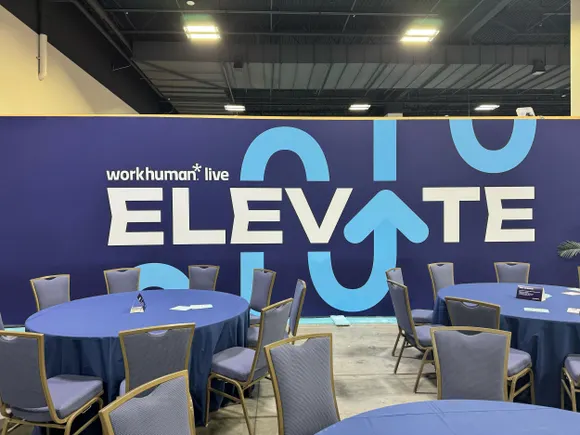To stem the tide of turnover and reduce costs, employers need to invest in talent retention, not just recruitment, according to a pair of reports released Feb. 19 by The Conference Board.
Through an analysis of its own recent surveys, The Conference Board spelled out four areas that employers could focus on to retain talent in an uncertain market.
Workplace flexibility
One of the main drivers of retention is a hybrid work strategy with strong communication and a focus on flexibility, The Conference Board said.
The only benefit valued more than a competitive salary was workplace flexibility, according to recent survey results from the firm, followed closely by incentive pay and “generous paid time off.”
Enforcing a return-to-work or on-site policy tends to spike retention challenges, survey data showed; forty-five percent of employers enforcing on-site work policies stated they had retention difficulties, compared to 15% of those with flexible policies.
“Employers who enforce on-site work policies have significantly more difficulty retaining employees than those who allow them to choose their work location,” The Conference Board said.
Surveys and studies from other companies and universities corroborate these findings. NORC at the University of Chicago’s survey results indicated that RTO was creating a retention problem, while a study from the University of Pittsburgh found that companies enforcing RTO may see “brain drain” attrition.
Growth and development
Employee development opportunities, including both learning programs and an internal talent marketplace, make employees more likely to stick around long term, The Conference Board said.
More than half of employees previously surveyed by the company said they would likely leave a job if they didn’t receive any development opportunities. Additionally, an internal talent marketplace may help workers envision themselves staying at the company for a long period of time because they would know what opportunities are available.
Offering substantial L&D programming could be a key point of investment for employers. A report from D2L noted that employers recognized the need for upskilling in the workplace, but barriers still blocked employees from accessing the programming as needed.
Compensation and benefits
The old adage — “cash is king” — holds true for workers. Employers are reacting in kind, even in a tight market, The Conference Board indicated.
Comprehensive rewards packages “foster a sense of loyalty and commitment — and reduce the likelihood of employees seeking financial opportunities elsewhere,” according to the firm.
Compensation planning outside of simple pay increases includes increasing promotions, working toward internal pay equity and focusing on skill-based raises.
But these approaches require employers to regularly assess their programs, Conference Board said, to ensure they are meeting employee needs. Health insurance, retirement plans, child care and professional development are all part of the rewards package, the firm reminded employers.
Leadership and culture
A worker’s experience with an employer is often directly affected by their manager and leadership of an organization, The Conference Board said.
Employees want a “culture of care, value and belonging,” which can be nurtured through onboarding programs that link new workers with others in the organization, well-being programs that include aspects such as sabbaticals for long service, and “stay interview” programs that help managers understand what keeps a worker around and what is challenging them, according to the report.
“While compensation and job security are critical factors in retention, workers today are more focused on respect, meaningful work, career growth, flexibility, and alignment with organizational values,” Robin Erickson, head of human capital research at The Conference Board, who has studied retention for more than 20 years, said in a statement. “Employers who focus on these areas have happier employees and higher retention.”






Leave a Reply